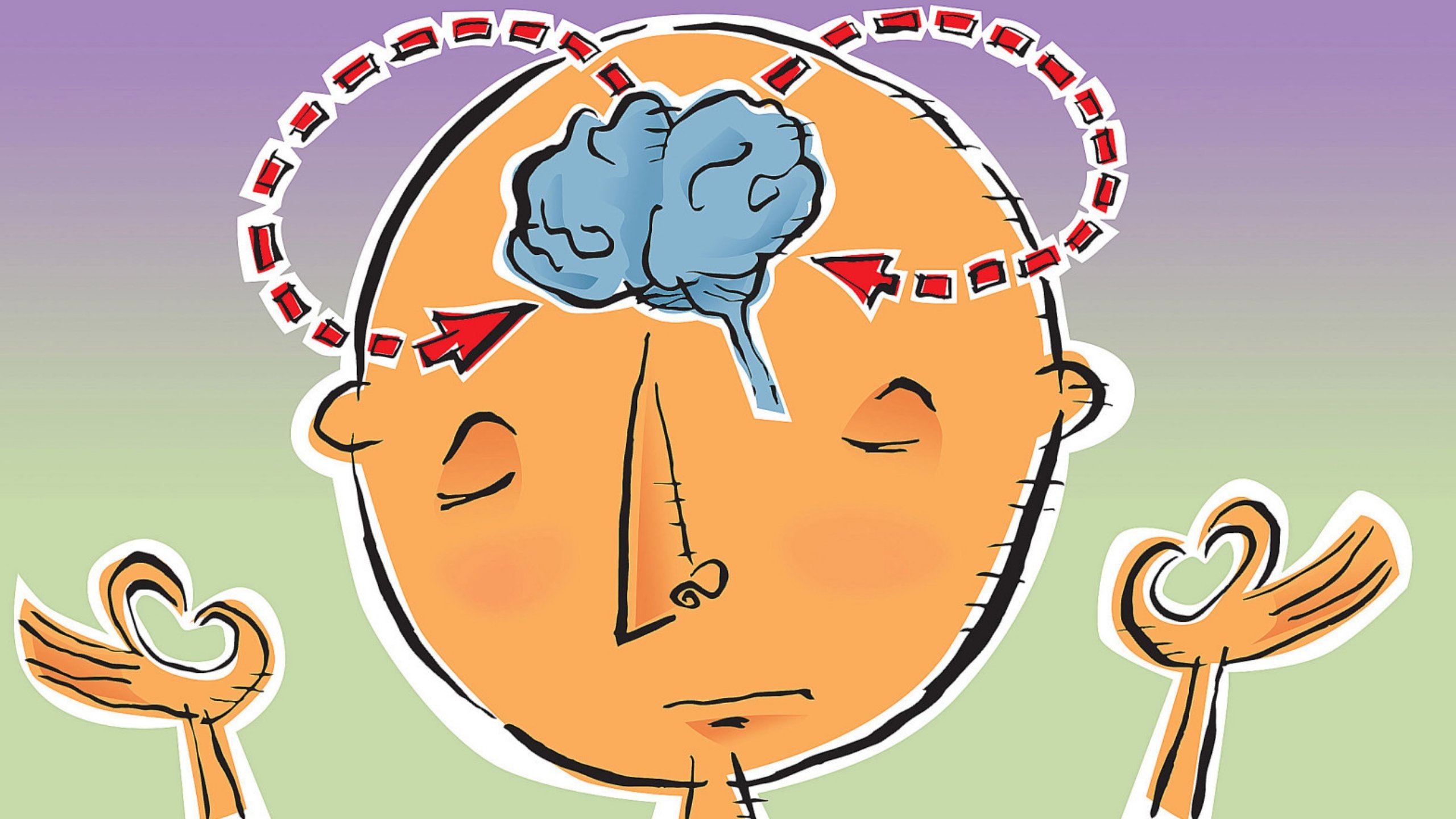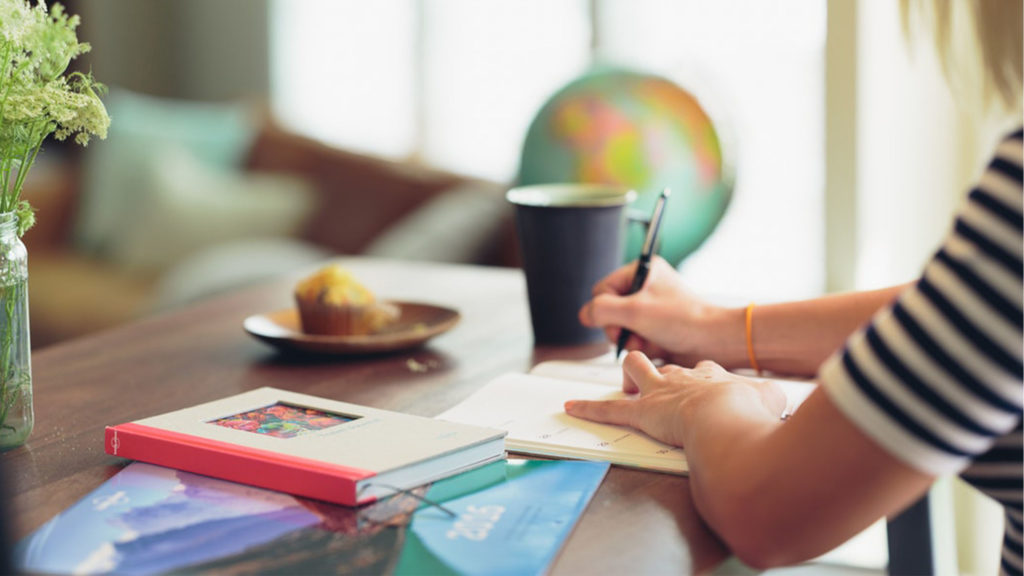The science behind the health benefits of meditation

I have spent most of 2019 researching about the power of meditation for the brain through thousands of neuroscientific studies so I could put together an article that I hope will prove how that the power of meditation goes way beyond the soul.
One of the main findings that I became fascinated with was neuroplasticity: the ability of the brain to change and create new neural connections throughout your life, and the most powerful way to do this, you guessed it: meditation. I appreciate that as a yoga and meditation teacher it is so easy for me to say this, but even if this resonates with one person, it would make me so happy.
It is incredibly easy for me to talk about the benefits from my subjective point of view yet when there is scientific proof about the effects that it has on us, people start to listen. I’m not saying that it’s like proving gravity or that the earth is round (how is this still in dispute) but in proving that meditation can change the way your brain functions daily is something not to be taken lightly.

A study that grabbed my attention the most was by Harvard neuroscientist Dr. Sara Lazar. Her 2005 findings were groundbreaking and showed a brain similarity with someone who I think you might know. Dr. Lazar discovered that experienced meditators had much more neural density, folds, electrical activity and thickness in their prefrontal cortex (the part of the brain responsible for cognitive behaviour and essentially our personality).
Fear, anxiety, and stress are often a catalyst for so many people to start meditating. For me, my own experiences with anxiety are what led me to yoga in the first place.
In addition to this study, there are numerous findings that show that meditation “thickens” and grows the prefrontal cortex. This type of brain function is what made Albert Einstein’s brain so unique: needless to say the ability to create this through neuroplasticity and meditation is phenomenal.
When I read about this brain functioning, I went on to search for the part of the brain that is responsible for our emotions, survival instinct and memory: the amygdala. The simplest way to understand this is the fight or flight process with fear and how we both perceive and deal with any situation controlled by the amygdala.

In 2016, a team of Spanish and German (Yang et. al) fMRI imaged the brains of meditation beginners before and after 40 days of mindfulness training to see the differences. Naturally, after the six weeks, their anxiety and depression scores had decreased. The part of the study that is truly phenomenal is that the participants had dramatically decreased their amygdala in size and volume- in only six weeks!
The implications of this study show that we can learn to control our primitive brain and teach ourselves to build up a protective layer against the negative effects of stress and anxiety before they take control of us. Interestingly, this study also found out that we can strengthen the Temporoparietal Junction (TPJ) associated with our emotional intelligence (EQ) through meditation.
Our intelligence is not set the day we are born, we have the power to take control.
We know ourselves that meditation gives you the tools you need to deal with your emotions but this finding proves that no matter how deep you may be suffering from depression, we can use tools to begin feeling better.
When delving further into neuroplasticity there is one more part of the brain that I wanted to mention and that is the Hippocampi. This part of the brain is responsible for learning and memory and again I wanted to see if, through neuroplasticity, the way we meditate would physically effect this. In another study by Dr. Lazar her research shows that meditation dramatically increased Hippocampal cortical thickness, with a magnitude determined by experience.

In essence, this means that meditation has the power to shape the learning and memory centre of the brain into something phenomenal. If you want to create a strong memory capability and become a super learner… start with meditation.
I believe that meditation is the greatest gift that we can give to ourselves that can be done anywhere, anytime and it costs us nothing but time.
If you are tempted to give meditation a go, begin by trying out the box breath method:
- Inhale for 4, pause for 4, exhale for 4, pause for 4.
- Imagine the breath moving across the body in this way and visualise it creating a box shape reaching the four corners.
When you use your mind to visualize these techniques it becomes even more powerful.







Responses